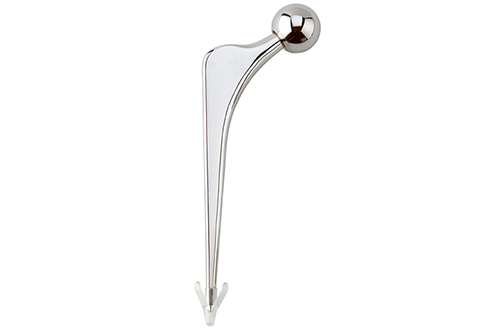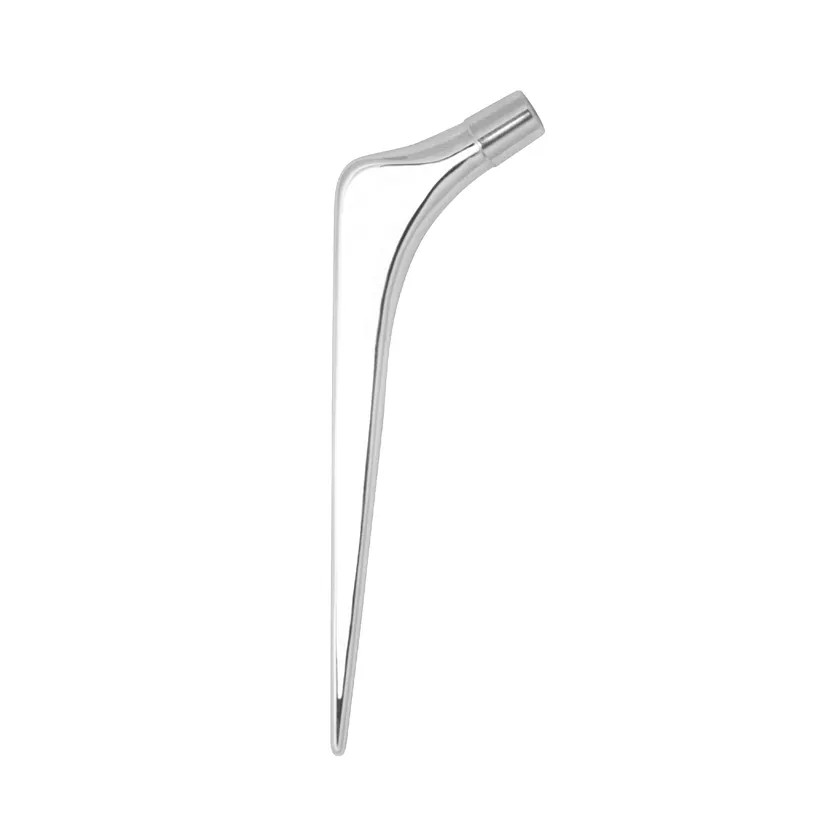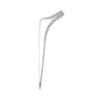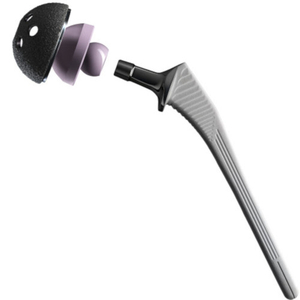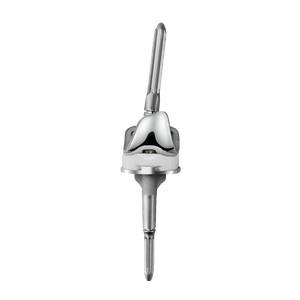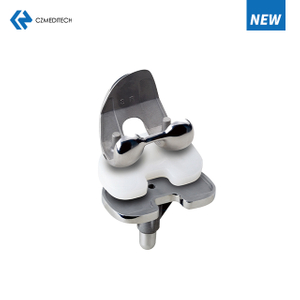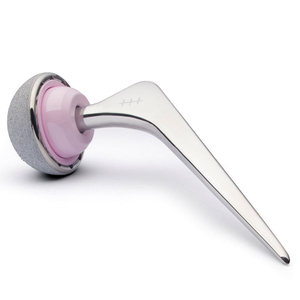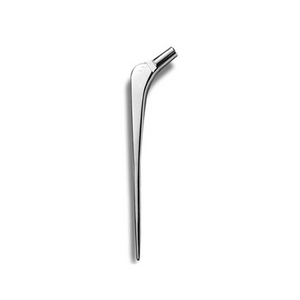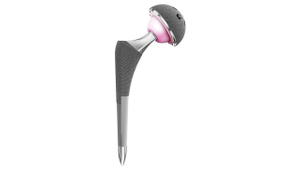Cemented Primary Total Hip System: A Comprehensive Guide
Hip replacement surgery is a common procedure that involves removing a damaged hip joint and replacing it with an artificial joint, also known as a prosthesis. The success of hip replacement surgery is heavily dependent on the type of implant used. One type of implant that has gained popularity in recent years is the cemented primary total hip system. In this article, we will provide a comprehensive guide to cemented primary total hip systems, including what they are, how they work, their benefits and drawbacks, and what to expect during and after surgery.
What is a Cemented Primary Total Hip System?
A cemented primary total hip system is an implant that is designed to replace the natural hip joint. The implant consists of a metal stem that is inserted into the femur, a metal or ceramic ball that is attached to the top of the stem, and a plastic socket that is placed in the hip bone. The implant is secured in place using bone cement, which is a type of medical adhesive.
How does a Cemented Primary Total Hip System work?
The cemented primary total hip system is designed to mimic the natural hip joint, allowing for smooth movement and weight-bearing. The metal ball at the top of the stem fits into the plastic socket, which is attached to the hip bone. The bone cement is used to anchor the stem to the femur, ensuring stability and preventing loosening or dislocation of the implant.
Benefits of Cemented Primary Total Hip Systems
Cemented primary total hip systems offer several benefits over other types of hip implants. One of the main benefits is that they are relatively easy to implant, which can lead to shorter surgery times and reduced blood loss. In addition, the cement used to secure the implant in place can provide immediate stability, allowing patients to bear weight on the new hip joint shortly after surgery.
Another benefit of cemented primary total hip systems is that they are highly durable and long-lasting. With proper care and maintenance, the implant can last for many years without the need for revision surgery.
Drawbacks of Cemented Primary Total Hip Systems
Despite their many benefits, cemented primary total hip systems also have some drawbacks. One of the main drawbacks is that the bone cement used to anchor the implant in place can cause an allergic reaction in some patients. Additionally, the cement can generate heat during the curing process, which can potentially damage surrounding tissue.
Another drawback of cemented primary total hip systems is that they may not be suitable for all patients. Patients with weakened bones or other medical conditions may not be able to support the implant, which can lead to loosening or dislocation.
What to Expect during Surgery
Before surgery, the patient will undergo a thorough evaluation to determine if they are a good candidate for a cemented primary total hip system. If deemed appropriate, the patient will be given general anesthesia to ensure they are comfortable and pain-free during the procedure.
During surgery, the damaged hip joint will be removed and replaced with the cemented primary total hip system. The surgeon will use specialized tools to prepare the femur and hip bone for the implant and will then secure the implant in place using bone cement.
What to Expect after Surgery
After surgery, the patient will be monitored closely to ensure there are no complications. Patients may experience some pain or discomfort immediately after surgery, but this can usually be managed with pain medication.
Patients will typically begin physical therapy soon after surgery to help restore strength and mobility to the hip joint. It is important to follow all post-operative instructions carefully to ensure a smooth recovery and minimize the risk of complications.
Frequently Asked Questions
How long does a cemented primary total hip system last?
With proper care and maintenance, a cemented primary total hip system can last for many years without the need for revision surgery. However, the lifespan of the implant can vary depending on factors such as the patient's age, activity level, and overall health.
Are there any restrictions after getting a cemented primary total hip system?
In the first few weeks after surgery, patients should avoid activities that put excessive strain on the hip joint, such as running or jumping. Over time, patients can gradually resume more normal activities, but it is important to avoid high-impact activities that could damage the implant.
What are the risks associated with cemented primary total hip systems?
As with any surgical procedure, there are some risks associated with cemented primary total hip systems, including infection, blood clots, and dislocation of the implant. However, these risks can be minimized by following all post-operative instructions carefully and working closely with your healthcare team.
How long does it take to recover from hip replacement surgery?
Recovery time can vary depending on the patient's age, overall health, and other factors. In general, most patients are able to return to normal activities within a few weeks to a few months after surgery.
Can a cemented primary total hip system be removed if necessary?
In some cases, a cemented primary total hip system may need to be removed due to complications or other issues. The procedure to remove the implant can be more complicated than the initial surgery, and patients may need to undergo additional rehabilitation to regain mobility and strength in the affected hip joint.
Conclusion
Cemented primary total hip systems are a popular choice for patients undergoing hip replacement surgery. While they offer many benefits over other types of implants, it is important to carefully consider the risks and drawbacks before deciding if this is the right option for you. By working closely with your healthcare team and following all post-operative instructions, you can ensure a successful recovery and enjoy improved mobility and quality of life.


